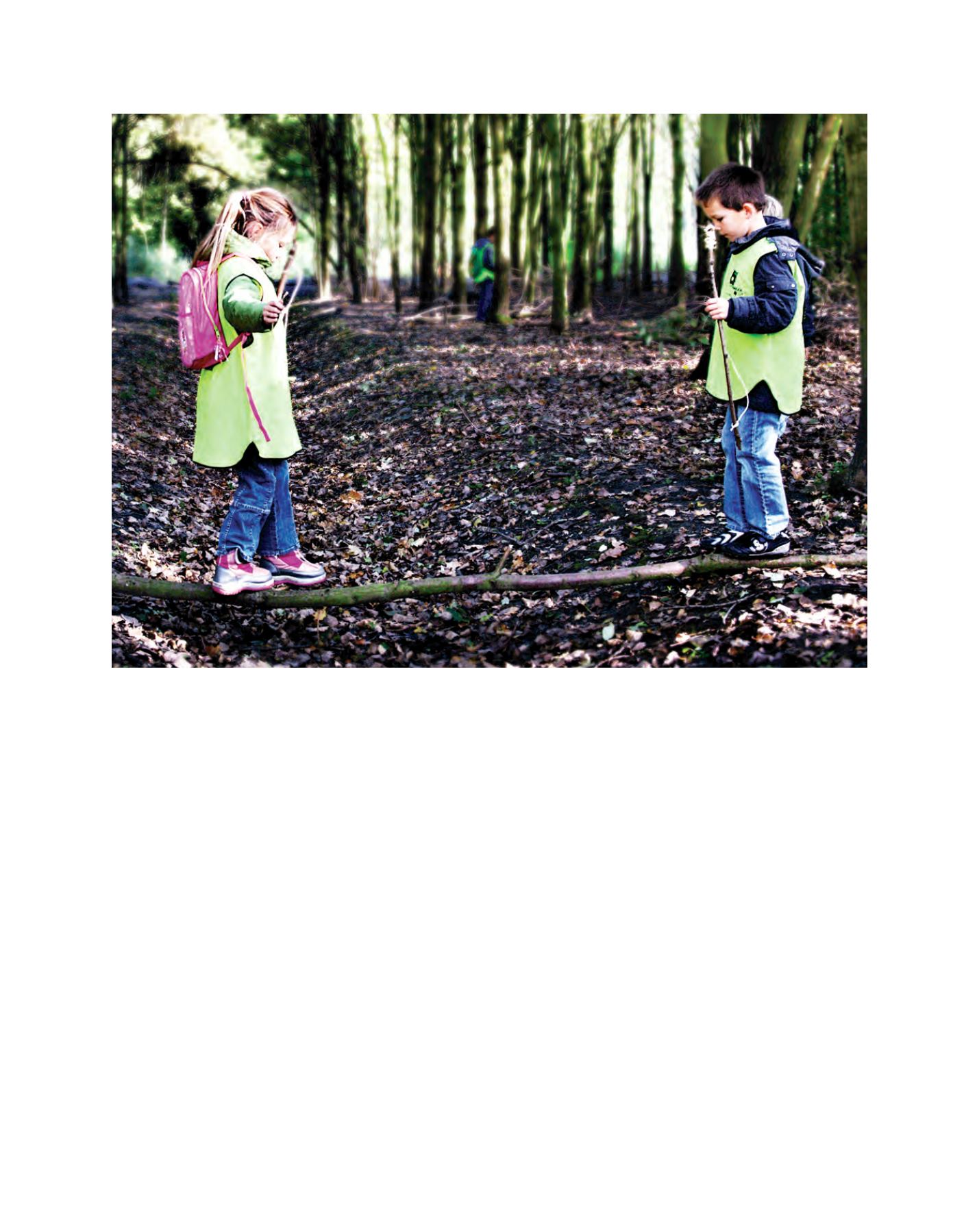

[
] 304
the least urban areas of the country. Crooked ditches, winding roads,
open grassland and fields give the area a unique character. Water-filled
bog holes hark back to an era of peat cutting, with low-lying peat soils
and higher-lying sandy soils alternating with pools, woods and heath to
add an extra dimension. Numerous initiatives have been taken in this
area because residents take the lead in the design and management of
their living environment. Collaborative ventures have led to areas that
manage to cope with a high volume of use, but still retain a high nature
value. Local people are proud of their region and tell the rangers: “We
are not your voluntary staff, you are our paid help.”
Collaborative projects
A local group had a dream to reinstate the ‘Bos van Pebe’ (Pebe’s
wood) in the Peebos. The wood had disappeared from the map in
the previous century. The new wood was planted with cooperation
from a Peebos working group, including hundreds of schoolchildren.
Following negotiation with private landowners, a continuous walking
route was created, opening up a practically inaccessible area for locals
and tourists to enjoy.
The Curringherveld is another initiative in which almost fifty
volunteers are active in their area on a daily basis. In a few dozen
hectares they have recreated the Westerkwartier in miniature, includ-
ing all the different landscape types. The local residents make their
own planning decisions and take on the lion’s share of management.
The National Forest Service provides advice and support.
Every year hundreds of children get to experience the
new nature trails.
A village association decided to lay out the first bare-
foot path in the Netherlands. It was created so that
villagers could take a walk into the adjoining meadows,
but since then thousands of children ‘from outside’ have
come to enjoy a walk without their shoes. The path
connects natural and fun features such as stepping-
stones, small bridges and a watchtower. Two residents
also started a local business on the back of increasing
visitor numbers and they were able to carry out these
activities without affecting the area’s natural values, or
disturbing the meadow birds.
Through the efforts of our forest rangers we have
been able to connect people – adults and children –
with the nature reserves in their area. In so doing we
have laid the basis for new forms of management but,
more than that, for public support for the natural envi-
ronment, now and in successive generations.
With contributions from Marianne van den Boogaart and
Rob Busink, Ministry of Economic Affairs, Agriculture and
Innovation, Netherlands.
Many children have little green space in their surroundings but need the natural environment to stimulate free expression and a sense of adventure
Image: Geertemarie de Gelder
















